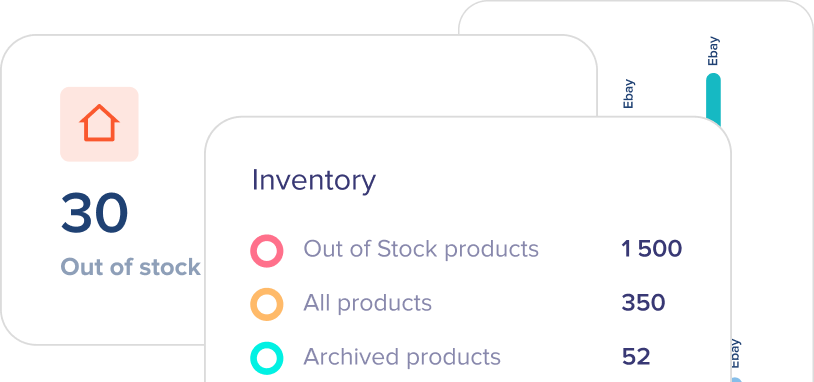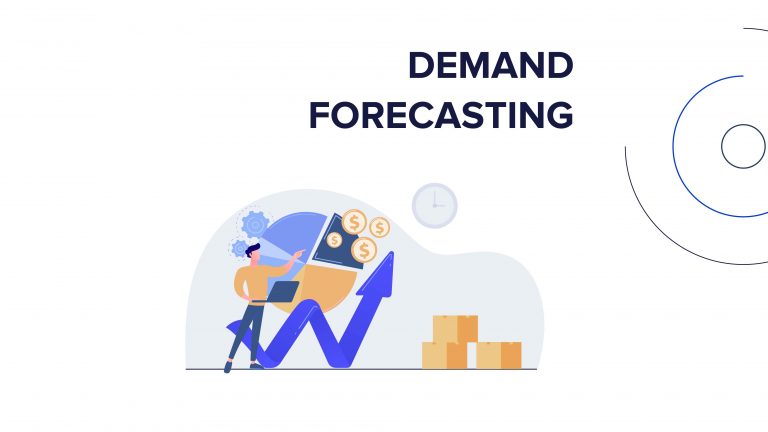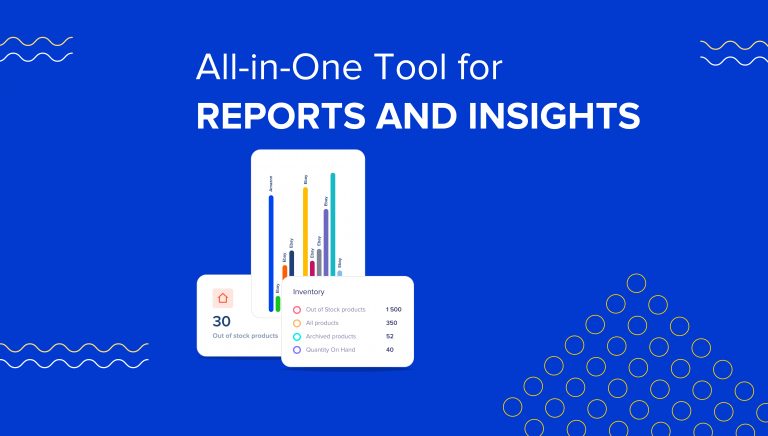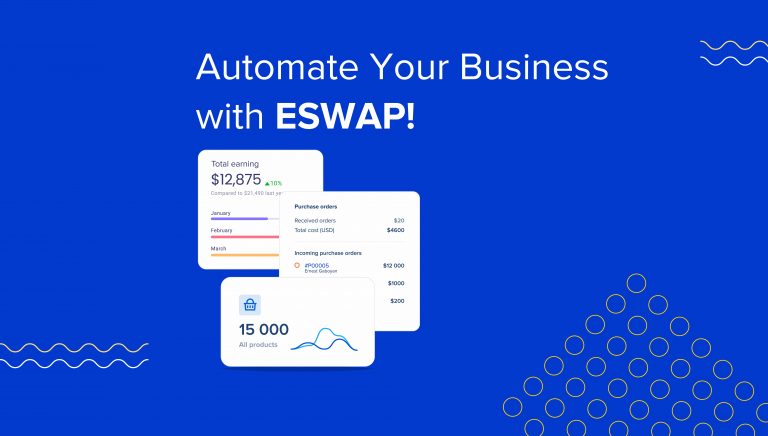Managing inventory has many important characteristics. Each seller should be highly aware of these characteristics when purchasing their stock and managing it. Today we will focus on the peculiarities of seasonal inventory.
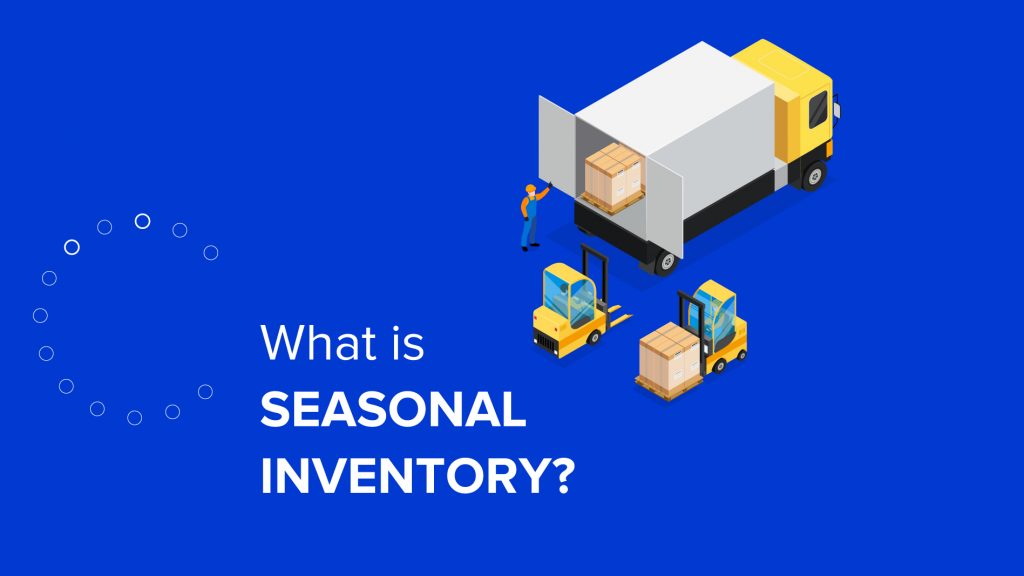
What Is Seasonal Inventory?
Seasonal inventory is the type of inventory for which there is a market demand only at a certain period of the year. This period can be a holiday like Christmas, a popular discount and sales event like Black Friday, or simply a relatively warmer or colder season of the year. The sellers are responsible for recognizing the fluctuating demand for their products and implementing the appropriate seasonal inventory management process to generate the desired profit.

Challenges of Seasonal Inventory Management
Demand for seasonal inventory peaks at a specific time of the year. Hence, sellers should act wisely to avoid common inventory management issues at any point when there is no demand for the product. Let’s discuss the two most prominent problems arising from inappropriate seasonal inventory management: excess inventory and stockout.
Excess Inventory
When suppliers fail to sell their inventory during the season, they are left with excess inventory, which requires additional resources to store. Excess inventory is the amount of inventory that sellers fail to sell until the end of the product life cycle. Consequently, producers fail to generate the anticipated profit from this inventory, resulting in a loss.
Additionally, some types of products cannot be stored for a long time. Perishable products should be consumed in a shorter period and cannot be stored for the next season. Ice cream is a good example. If suppliers do not sell it, they cannot store it in the fridge until next summer.
Explore the consequences of excess inventory in more detail through this article.
Stockout
The flip side of excess inventory is the stockout. In stockout, sellers run out of inventory to meet the market demand. In seasonal inventory, sellers miss their chance to generate profit.
For example, customers would purchase more of your product if you are a premium clothing retailer with a 40% discount on Black Friday. If you do not have enough clothing to meet demand during the season, you will be unable to recover your lost revenue as the discount season will end once Black Friday is over.
Like the excess inventory, stockout is also a consequence of poor forecasting for the inventory cycle.
Learn more about potential stockout costs by checking out this blog post.
How To Successfully Manage Seasonal Inventory
We have put together some useful tips to help you avoid the challenges of poor seasonal inventory management.
Forecast The Market Demand

As you noticed, stockout and excess inventory arise mainly from inaccurate demand forecasting. As sellers fail to accurately anticipate market demand for the season, they either overorder or underorder their inventory. Historical data is the primary source for accurate forecasting.
Normally, the patterns and speed of seasonal inventory movement are stable. Hence, sellers should be able to successfully estimate the necessary inventory based on previous seasons’ data.
Going over your past inventory reports would not cost you any money. Nor would it take much time and effort. Instead, it would provide valuable information that will help you avoid damaging financial situations like excess inventory or stockout.
Prepare For The Season In Advance
One advantage of seasonal inventory is that you have plenty of time to prepare for it. Namely, you have time to free up storage space, design an advertising campaign, and reach out to your target audience before the season starts. These actions should be coordinated with your inventory forecast. The more accurately you anticipate the volume of inventory you should buy, the better you will allocate your resources and prepare for the approaching season.
Offer Product Bundles
Another way to successfully manage your seasonal inventory is to sell a group of products together. This would lower the likelihood of excess inventory and would guarantee faster flow for your inventory. Furthermore, the usual promotions and discounts for particular seasons are easier to implement with product bundles.
For successful product bundling, take a look at this article!
Use An Advanced Inventory Management Tool
Alongside all your efforts to manage your seasonal inventory diligently, it would be wise to have a reliable inventory management tool you can use for all inventory-related tasks and inquiries.
eSwap is a multichannel inventory management tool that can help you manage your seasonal inventory. It can prepare reports and present analytics to forecast the necessary inventory amount for the coming season accurately. Moreover, eSwap will help with the order fulfillment process by providing real-time sync for your inventory and order status. You can move stock across warehouses with a single click on the screen and solve numerous issues that would cause stockout or excess inventory.
Final Thoughts
Seasonal inventory enjoys strong market demand for a limited period. Challenges commonly created by seasonal fluctuations are excess inventory and stockout.
Thus, sellers’ key strategies are forecasting inventory accurately, preparing for the season in advance, offering product bundles, and using an advanced inventory management tool.
